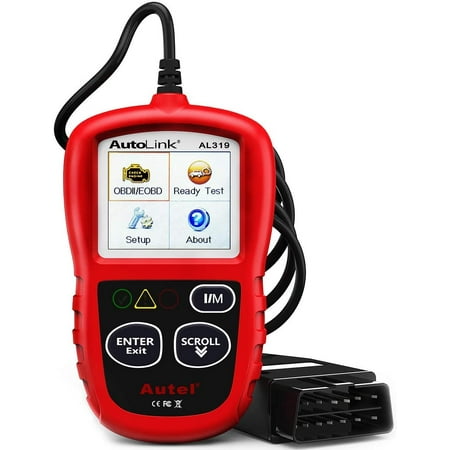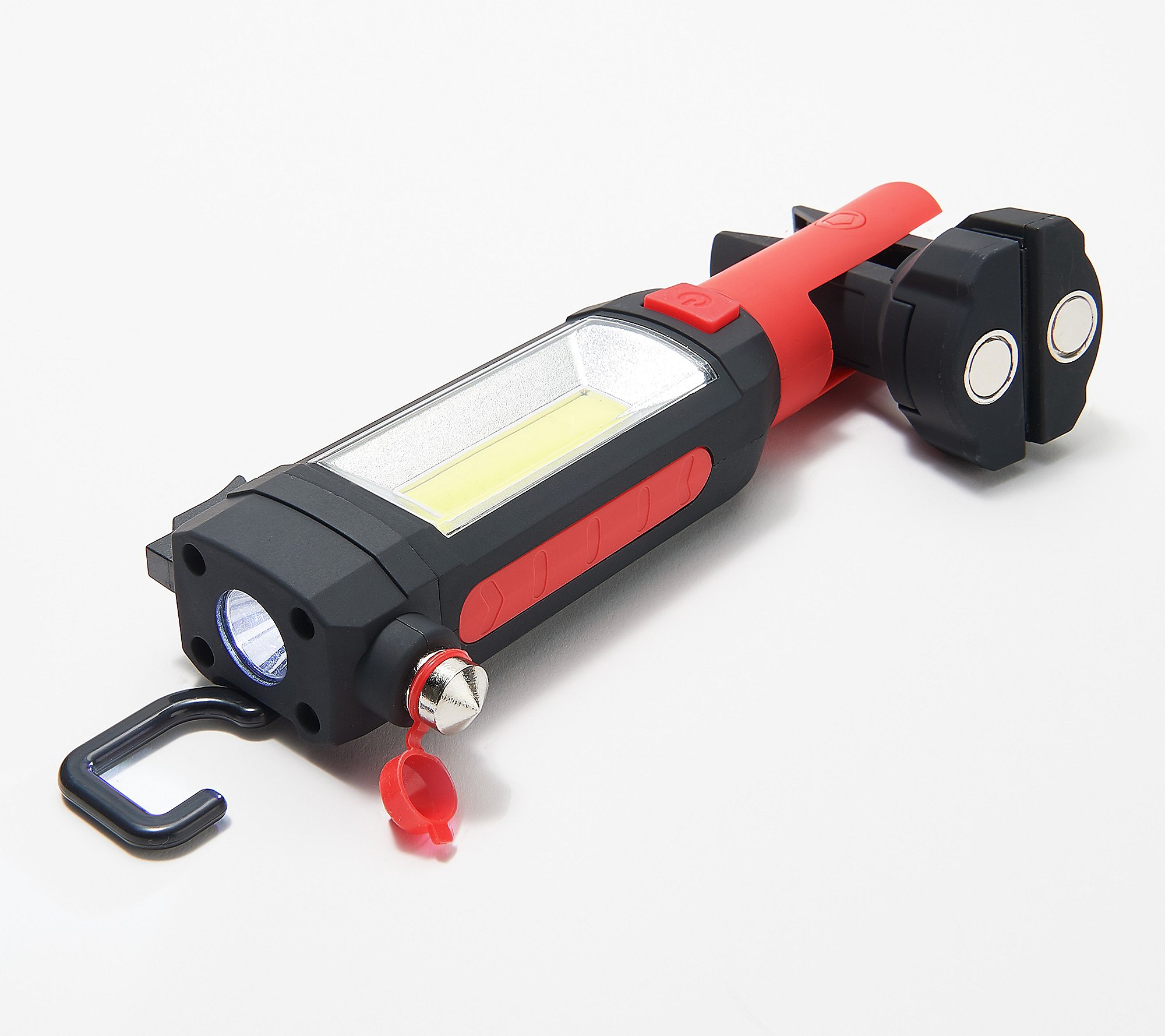Autel AL329-R OBD2 Code Reader Diagnostic Tool with Emission Status
Featuring the unique patented One-Click I/M Readiness Key, TFT color display and built-in speaker, the Autel AutoLink AL329-R is truly the ultimate in ease and affordability. Compatible with domestic, Asian and European vehicles, 1996 and newer. Easy plug-in and scan operation enable users to check State Emission Monitor Status and verify repairs. Retrieves generic, manufacture specific and pending codes, that help solve basic engine and drive ability problems. It eliminates drive cycle guess work by notifying the driver with color codes LEDs, audible tone and dynamic all-in-one I/M readiness status. Able to retrieve vehicle identification information. Able to clear codes, reset monitors and turn off malfunction indicator light.








Autel AL329-R OBD2 Code Reader Diagnostic Tool with Emission StatusRetrieves generic (P0, P2, P3 and U0), manufacturer-specific (P1, P3 and U1) and pending codesReads and displays I/M monitor (Emissions) statusViews Freeze Frame DataRetrieves vehicle identification information (VIN, CALID and CVN)One Click I/M emissions readiness key performs testing on active vehicle monitors to confirm if DTCs are present. AutoVIN to quickly read & clear DTCs. Enhanced mode 6 diagnostics.Clears codes, resets monitors and turns off malfunction indicator light (MIL)Easy plug-in and scan operation. Tri-lingual: English, Spanish and French.Tft color display (220×176 DPI). Grease & water resistant.





Reviews
There are no reviews yet.